Across the country, significant investments are being made in the health sector to improve the availability and quality of care at all levels of the national healthcare system.
Numerous health facilities are being renovated or newly built. Since 2011, the government has been committed to a major program of construction and rehabilitation of healthcare infrastructure. In many regions, hospitals now present a modern and dignified appearance.
“In just three years, major progress has been made. The government has equipped the hospital with state-of-the-art technology. Here, for example, surgeries can be performed using video-assisted techniques. The staff also receive ongoing training, both in Côte d’Ivoire and abroad, to stay up to date with the latest medical advancements,” says Esso Fabrice Savié, Director of the hospital.
The facility has been equipped with a high-capacity generator, which can power the hospital, the blood transfusion center, and the new public health pharmacy in case of a power outage.
“With all this equipment, the medical staff can work without stress,” the director adds, emphasizing the focus on staff commitment and professionalism.
Patients and their families are the first to notice the improvements in care quality.
“We were hesitant when they told us to come here. But as soon as we arrived, my daughter, who was suffering from anemia, was taken care of. After the transfusion, she received initial treatment. We were even given the medication for free. Honestly, the staff is present and attentive. Everything is going well,” shares Jacqueline Diby, mother of Henriette Rose Adou, who was transferred from Sikensi.
Yvette Bro, whose daughter was injured in a road accident, initially thought an evacuation to Abidjan would be necessary.
“But my daughter was able to receive all the necessary care in Agboville. She had an X-ray, an ultrasound, and even a CT scan. The doctors are taking great care of her. I feel reassured,” she said.
Throughout the country, major investments are being made to strengthen health service delivery at every level of the care system.
In addition to many ongoing construction projects, the government is also carrying out extensive rehabilitation and modernization work. This includes the Regional Hospital Center (CHR) of Abengourou in the Indénié-Djuablin region, as well as the general hospital of Duékoué, the CHRs of Guiglo, Korhogo, and Boundiali, and the general hospitals of Tengrela and Tanda. The ultimate goal is to ensure quality care for all populations.
As part of preparations for the 2023 Africa Cup of Nations (AFCON), the CHR of Korhogo underwent a complete transformation. New buildings were constructed, and high-quality medical equipment was installed. Thanks to these improvements, patient transfers to university hospitals (CHUs) from the region can now be reduced.
In addition to interior regions, many health facilities in Abidjan have also been renovated. Among them: the Abobo-Nord General Hospital, the Adjamé General Hospital, and the former PMI of Yopougon-Attié.
Adjamé General Hospital is now equipped with state-of-the-art operating rooms, high-quality medical equipment, consultation units, and specialized departments such as cardiology, digestive endoscopy, intensive care, ophthalmology, and ENT services.
Inaugurated on March 7, 2022, the former PMI of Yopougon-Attié was upgraded to a general hospital following its renovation.
The government plans to continue investing in the health sector nationwide, with the aim of providing the population with a more structured and efficient healthcare system.
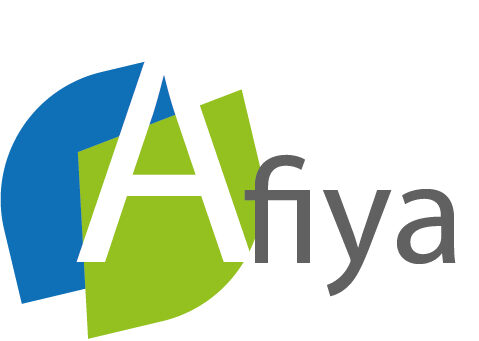

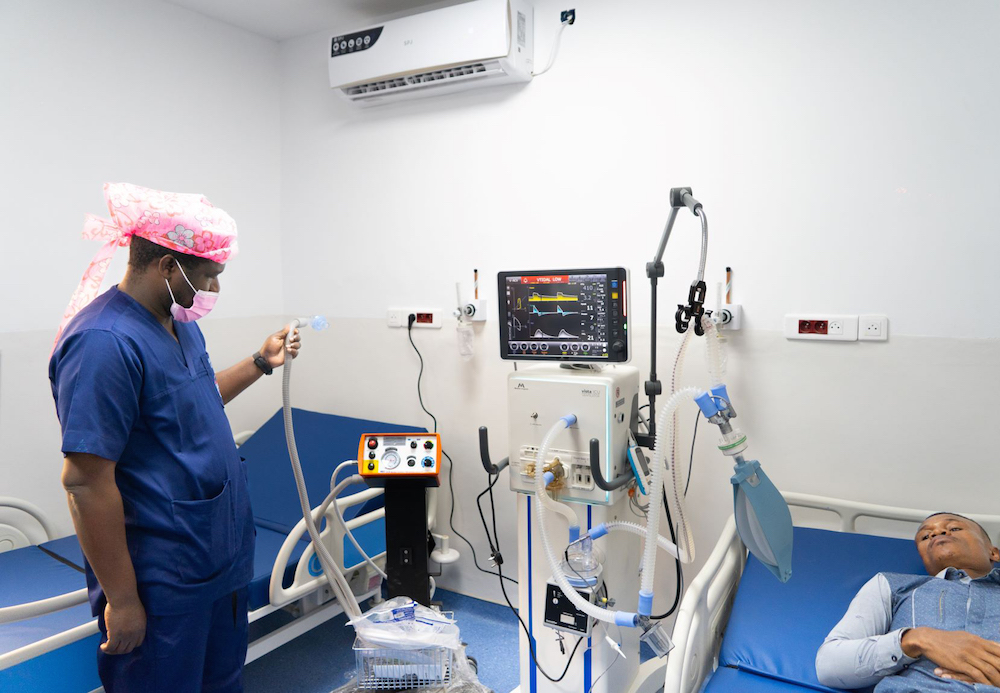
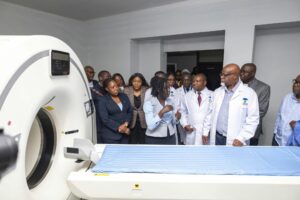
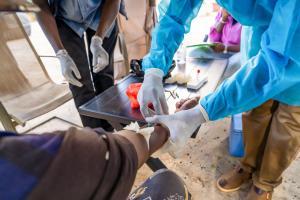
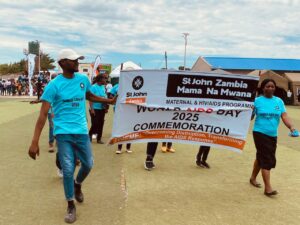
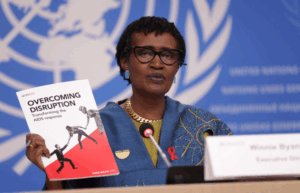
OTHER ARTICLES
Zambia : Health Sector Progress Update
Rift Valley Fever in Senegal: On the Frontline to Protect Communities
Zambia : commemorates world AIDS day